As part of Gili Eco Trust, we strongly discourage and look down upon fishing techniques that do more harm than good such as dynamite fishing and cyanide fishing in which other fish and corals are damaged or killed unnecessarily. Below are two examples of what happens when for instance cyanide or dynamite fishing techniques are used:
Coral reefs are important marine and aquatic ecosystems that have huge biodiversity supporting many species. Coral reefs are found around the equator so mainly in tropical regions between the tropics of Capricorn and Cancer or 23.5 degrees north and south of the equator. The ocean here is mainly calm, warm and not much wind. Coral reefs also help neighbouring ecosystems like mangroves, seagrass beds and deep-ocean ecosystems.
Coral reefs are situated between 5-60 meters deep and come in three types. Fringing reefs (near the coast), barrier reefs (situated between a lagoon or deep area of water) and atoll (sort of like an island surrounded by a coral reef)
Coral reefs form around the reef crest, reef flat and fore reef (on a hill underwater.
As many knows, coral reefs are important ecosystems, and these fishing techniques are damaging and terrible for coral reefs
Below is a diagram of threats to coral reefs, mainly overfishing techniques:
Many fishing techniques are destructive to these delicate habitats and ecoystems — particularly vital fish breeding grounds like coral reefs and seagrass meadows. Below are some examples of these fishing practices, which happen mainly in south east asia, but have happened in places like Australia
- Bottom trawling: Before, these trawlers were not used because they could snag and tear but, in the 1980s, more powerful trawlers were introduced which became sort of like a killer machine in which corals were just ripped like plants from the sea bed.
- Cyanide fishing: In this technique, fishers squirt sodium cyanide into the water to stun fish without killing them, making them easy to catch. However, the bad news with cyanide is that for every live fish caught using cyanide, a square metre of their coral reef home is killed.
- Dynamite fishing: In this technique, dynamite or other explosives are set off underwater. The dead fish floating to the surface are then simply scooped up. The explosives completely destroy the underwater environment, leaving it as rubble. Dynamite fishing has contributed to most of the massive destruction and sometimes when diving in south-east Asia, one can hear bombs and explosions going off regularly.
- Ghost fishing: Ghost fishing occurs when fishing gear is lost or abandoned at sea. The gear can continue to catch fish, dolphins, whales, turtles, and other creatures as it drifts through the water and after it becomes snagged on the seabed.

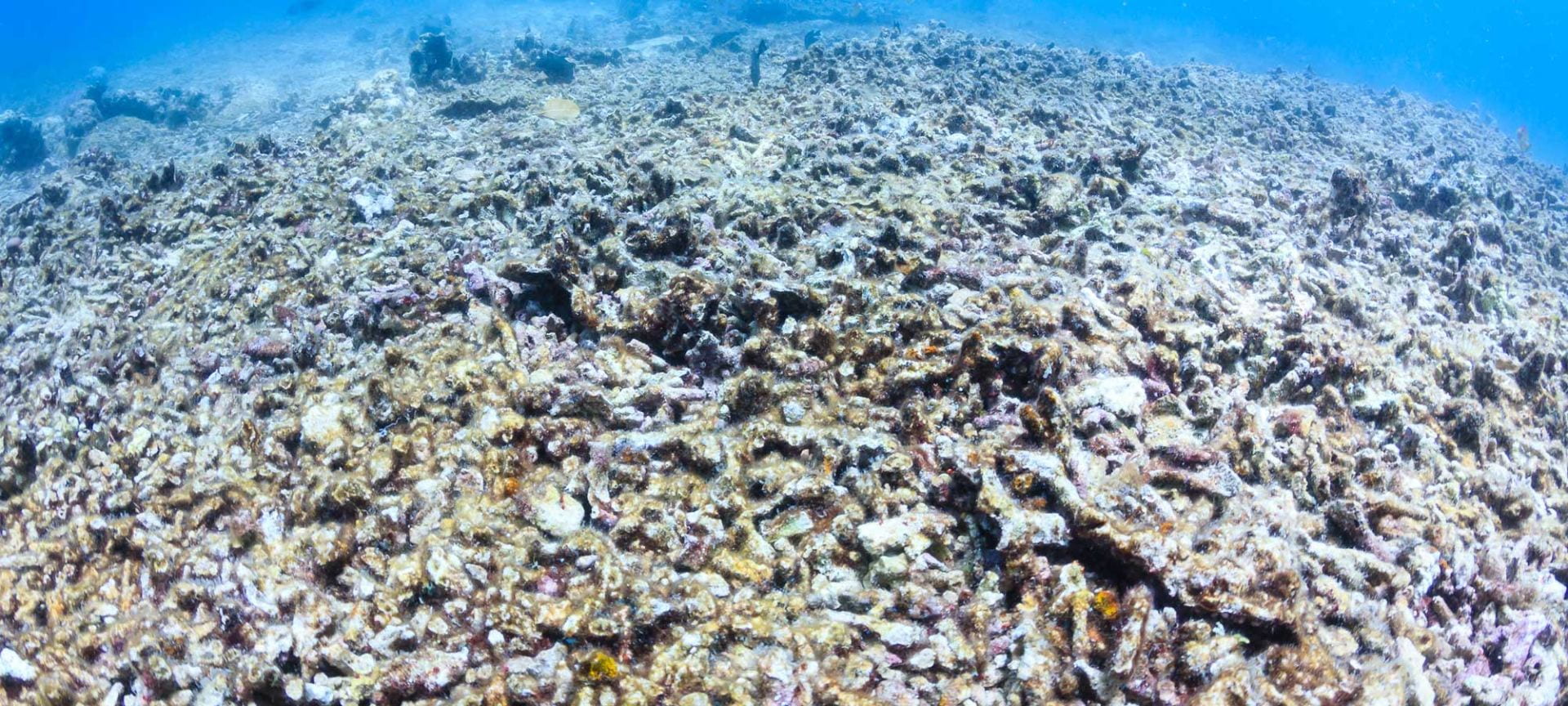
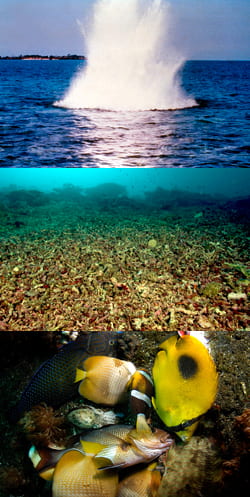

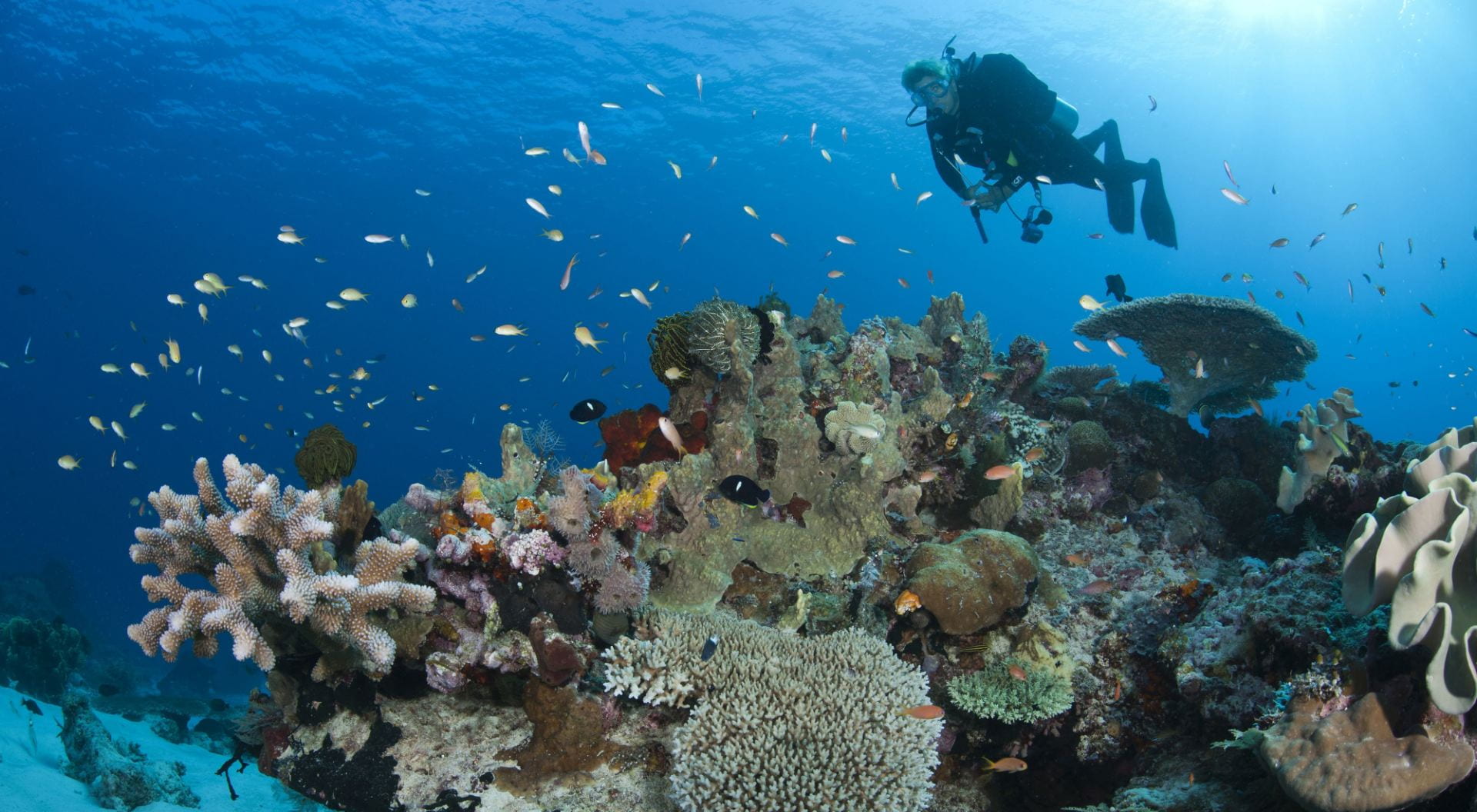
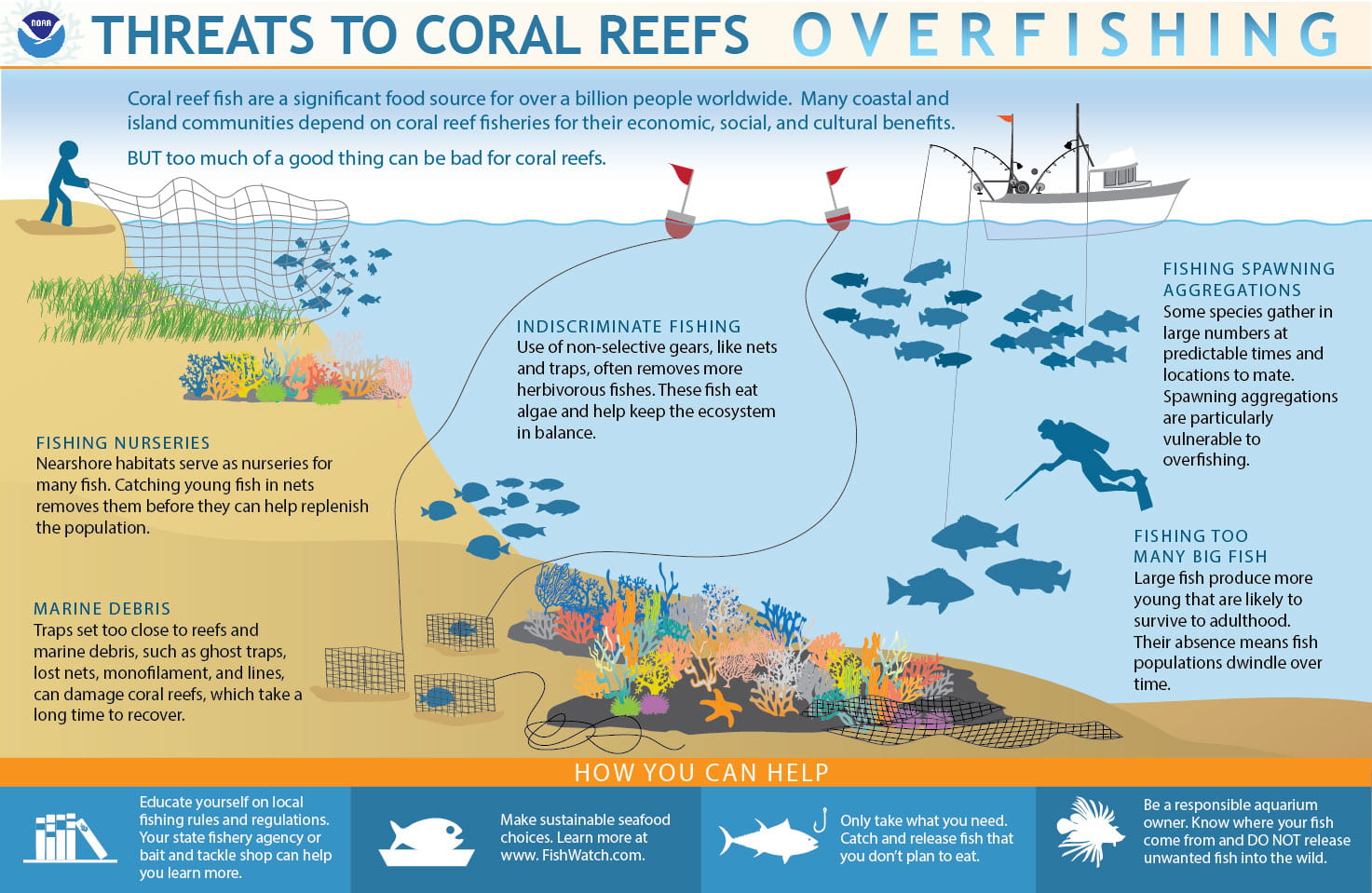

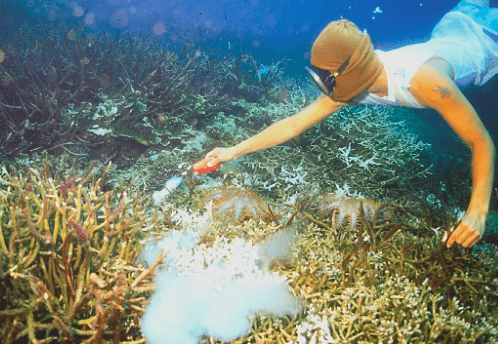
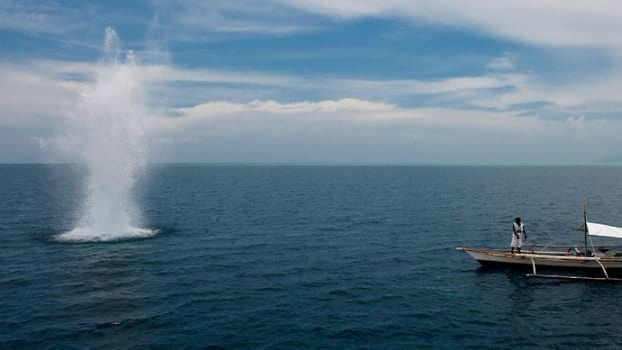
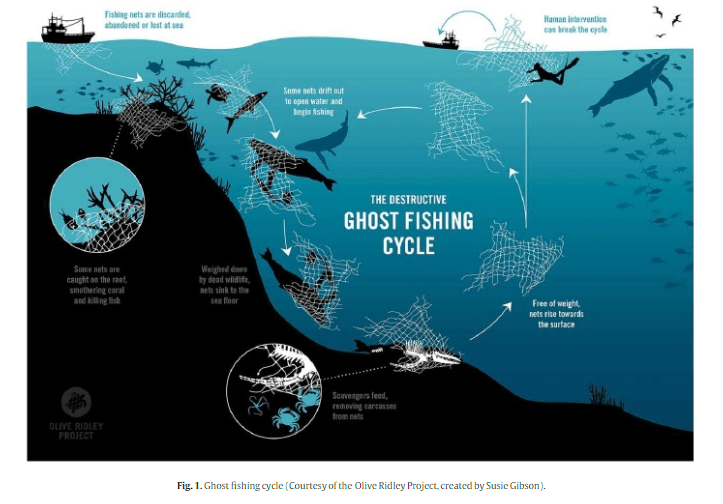
One Reply to “Destructive Fishing Techniques (Dynamite and Cyanide Fishing)”